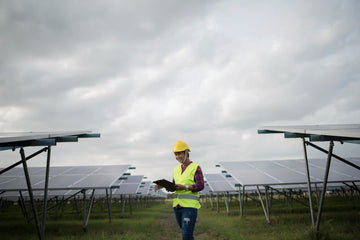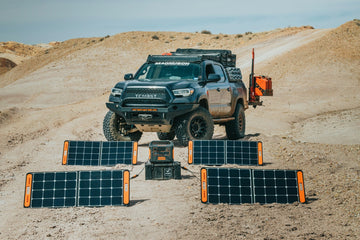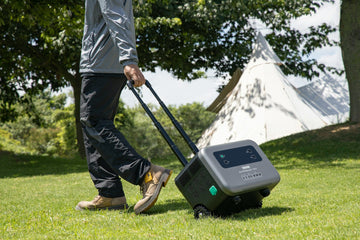Introduction
Power outages can happen unexpectedly, leaving homes without electricity for hours or even days. Portable power stations offer a reliable, quiet, and eco-friendly solution for home backup power. In this guide, we’ll explore the benefits, features, and tips for selecting the right power station for your home.
1. Why Portable Power Stations Are Ideal for Home Backup
-
Silent operation: Unlike gas generators, they operate quietly indoors.
-
Eco-friendly: Use solar energy or rechargeable batteries with no emissions.
-
Versatile: Powers lights, phones, laptops, small appliances, and medical devices.
-
Portable: Easy to move between rooms or store for emergencies.
2. Key Features to Consider
Battery Capacity (Wh)
Determines how long the station can power your devices. Higher capacity means longer runtime.
Output Options
Look for multiple AC outlets, USB ports, DC outputs, and USB-C for flexibility.
Recharge Options
-
Solar panels: Renewable and off-grid charging
-
Wall outlet: Fast and convenient
-
Car charging: Backup option during travel
Portability and Size
Choose a compact unit for easy storage and transport, especially if you plan to use it in different rooms.
3. Tips for Effective Home Backup
-
Calculate essential devices and their wattage to select the right power station.
-
Pair with solar panels to maintain energy supply during extended outages.
-
Store in a cool, dry place to maintain battery health.
-
Regularly check battery levels and test the system before an emergency.
4. Ideal Use Cases
-
Home power outages during storms or emergencies
-
Temporary off-grid power for home renovations or outdoor events
-
Charging critical devices during blackouts
-
Backup for small appliances like mini-fridges or fans
Conclusion
Portable power stations are an essential tool for home backup, providing reliable, quiet, and eco-friendly energy during outages. Choosing the right capacity and features ensures your home stays powered and your family safe.





